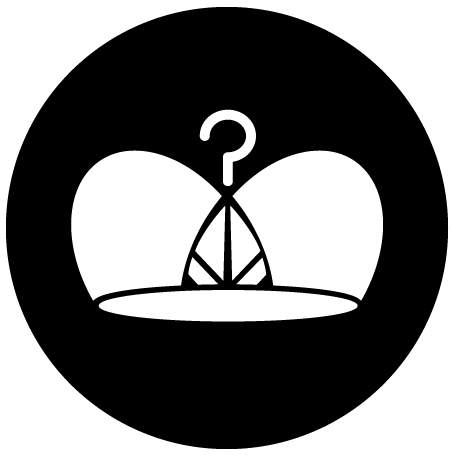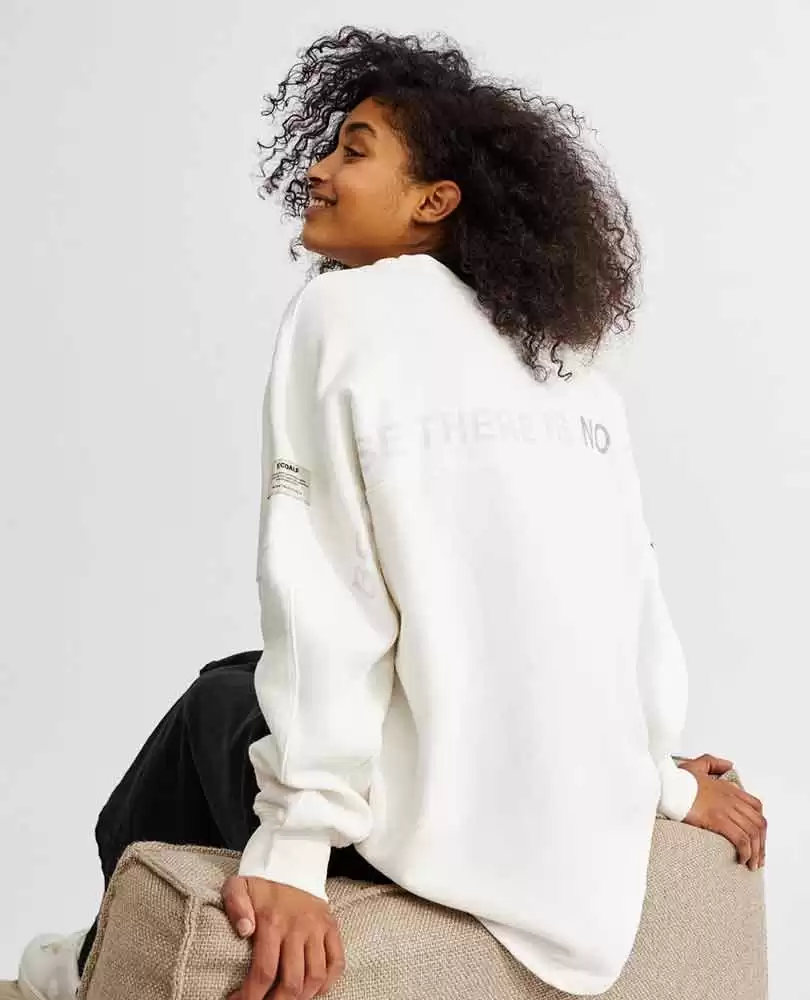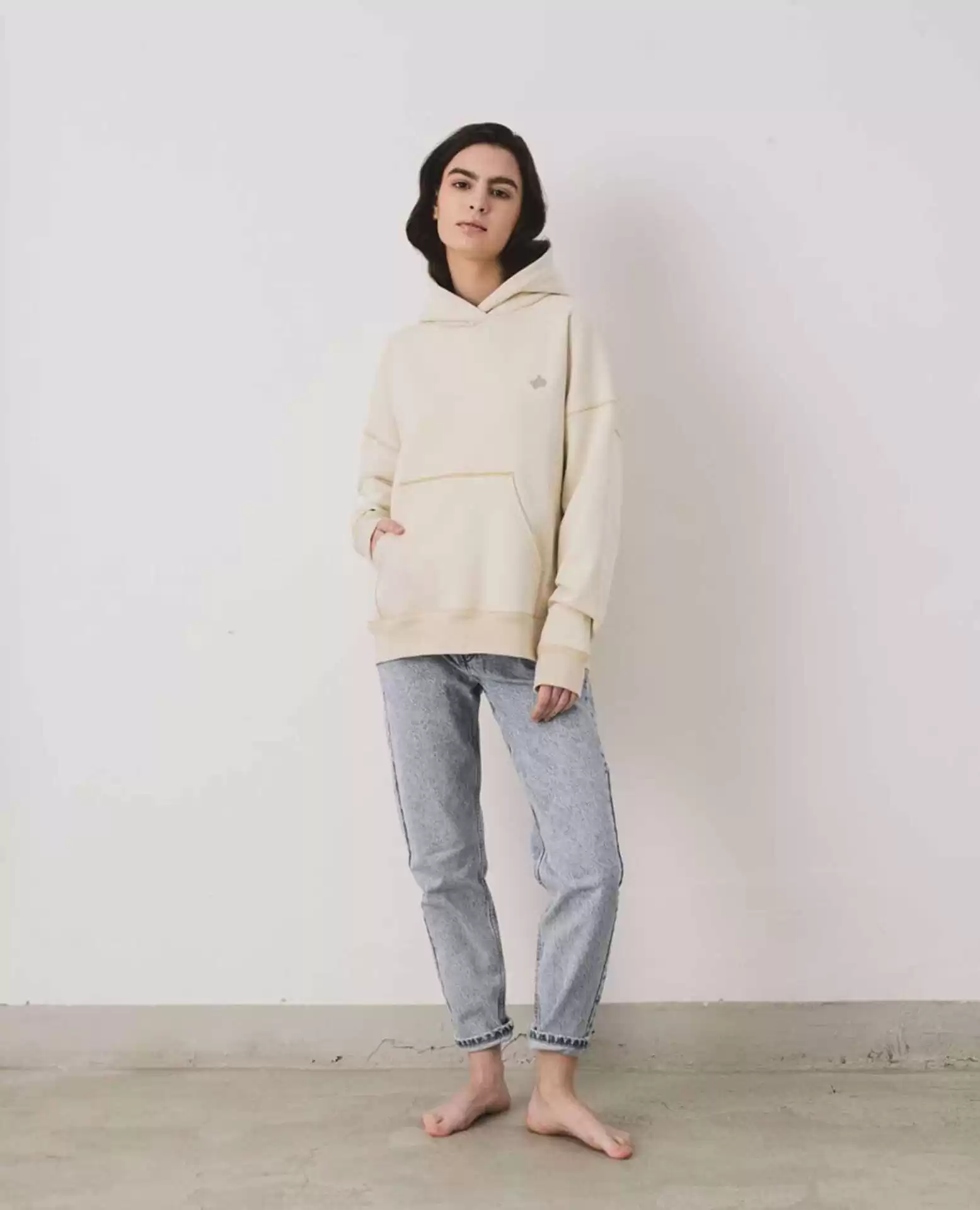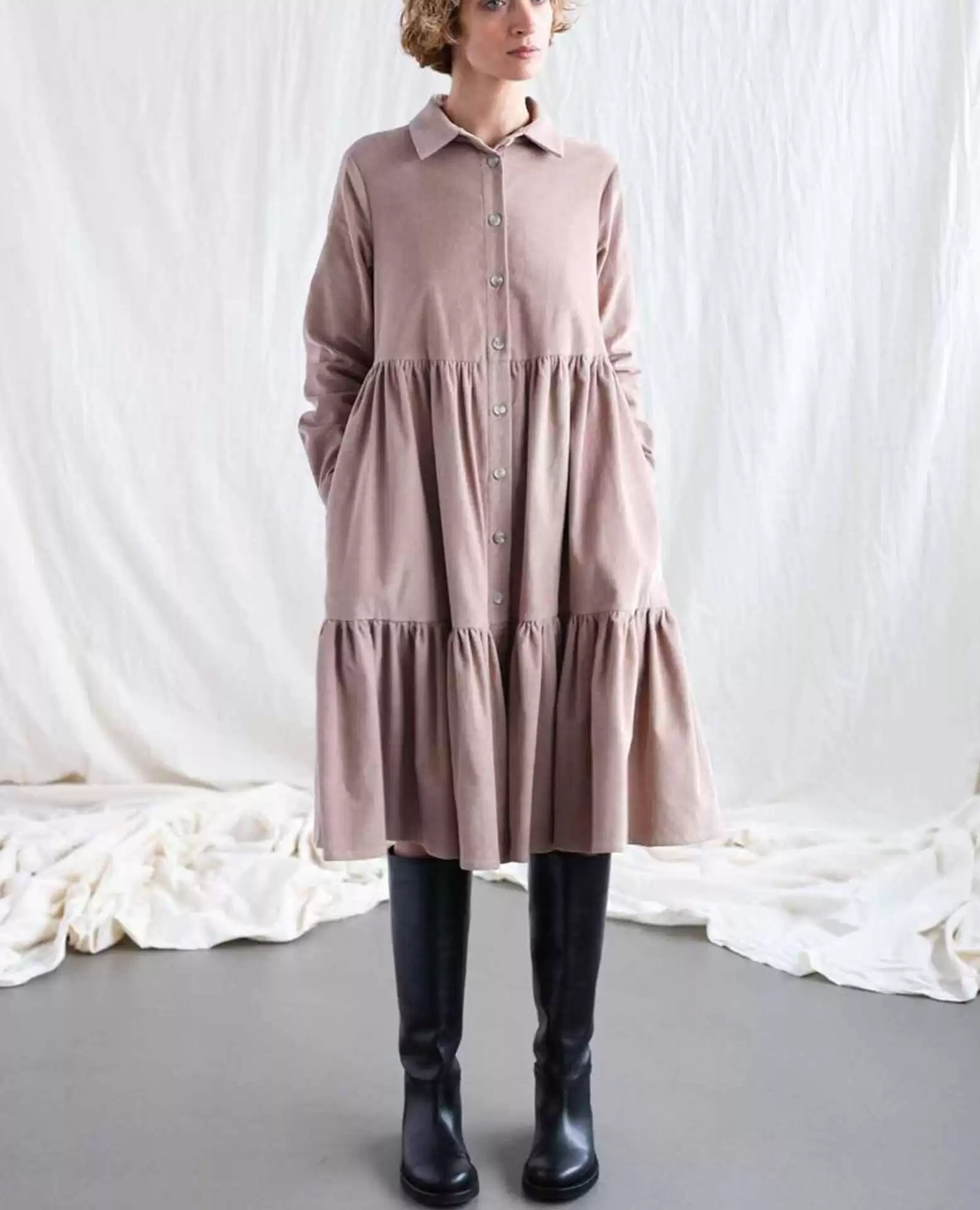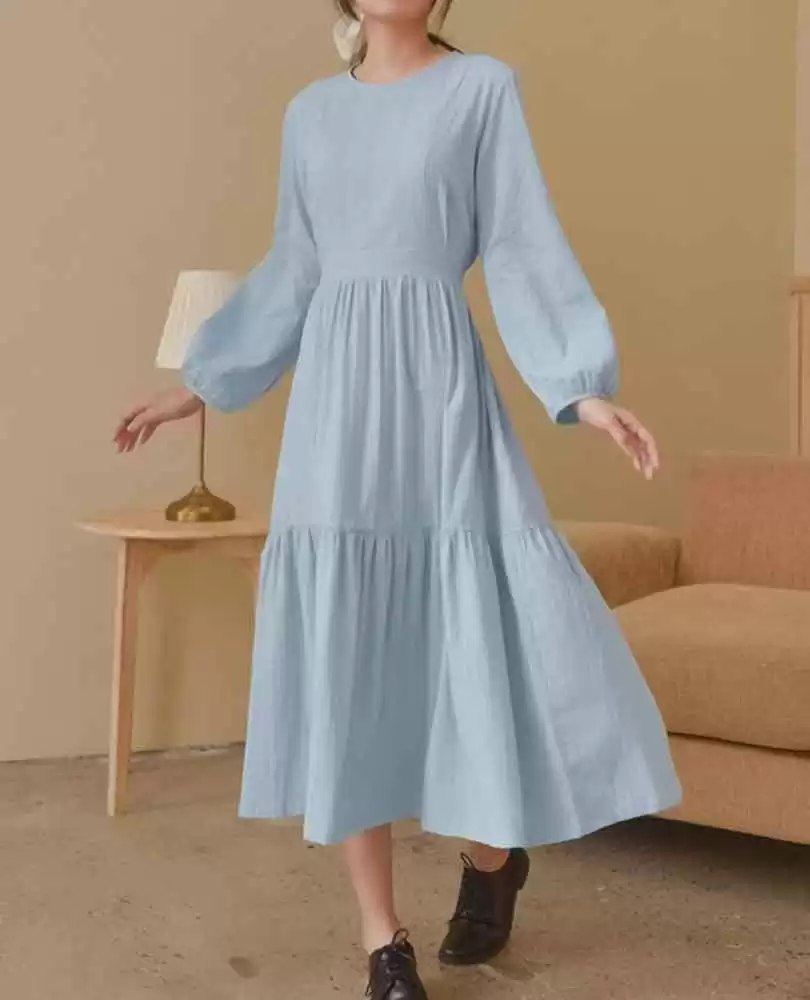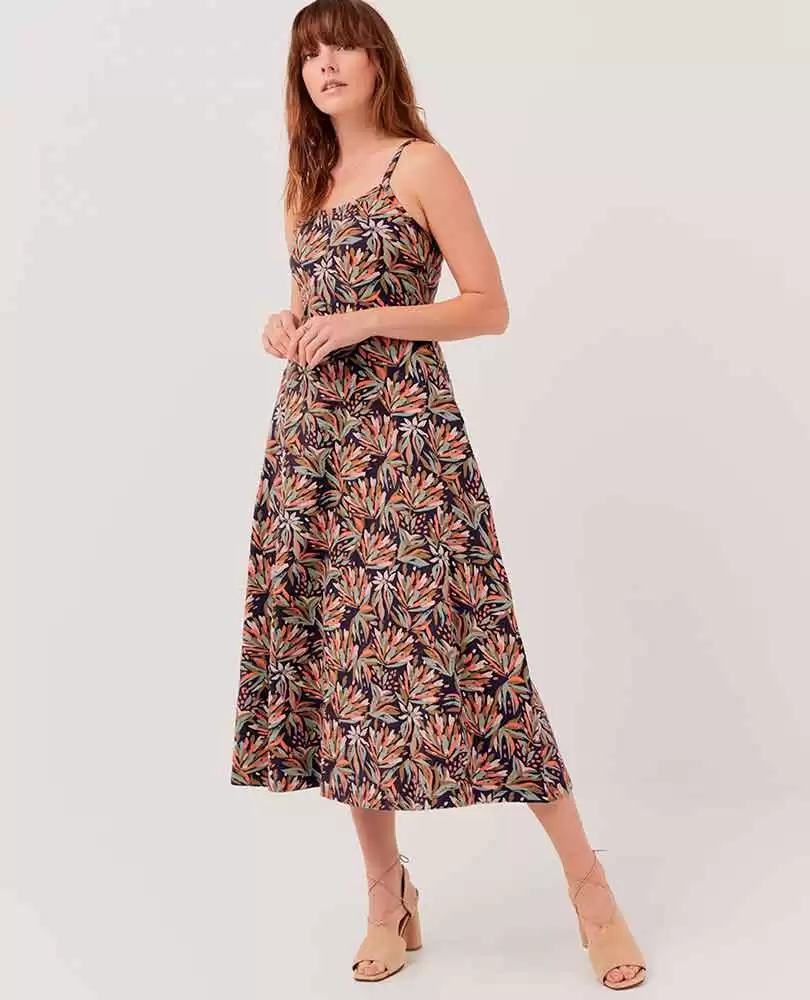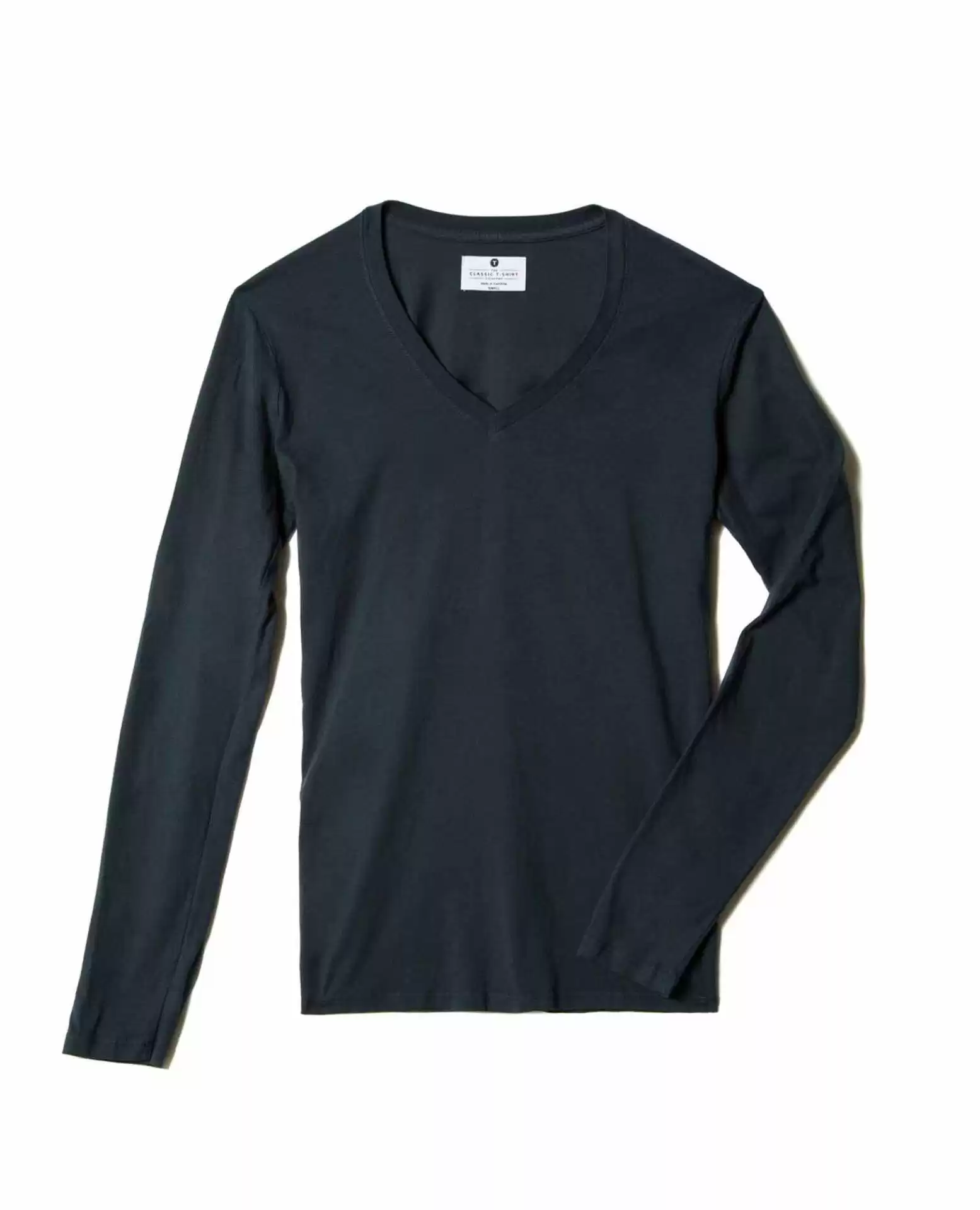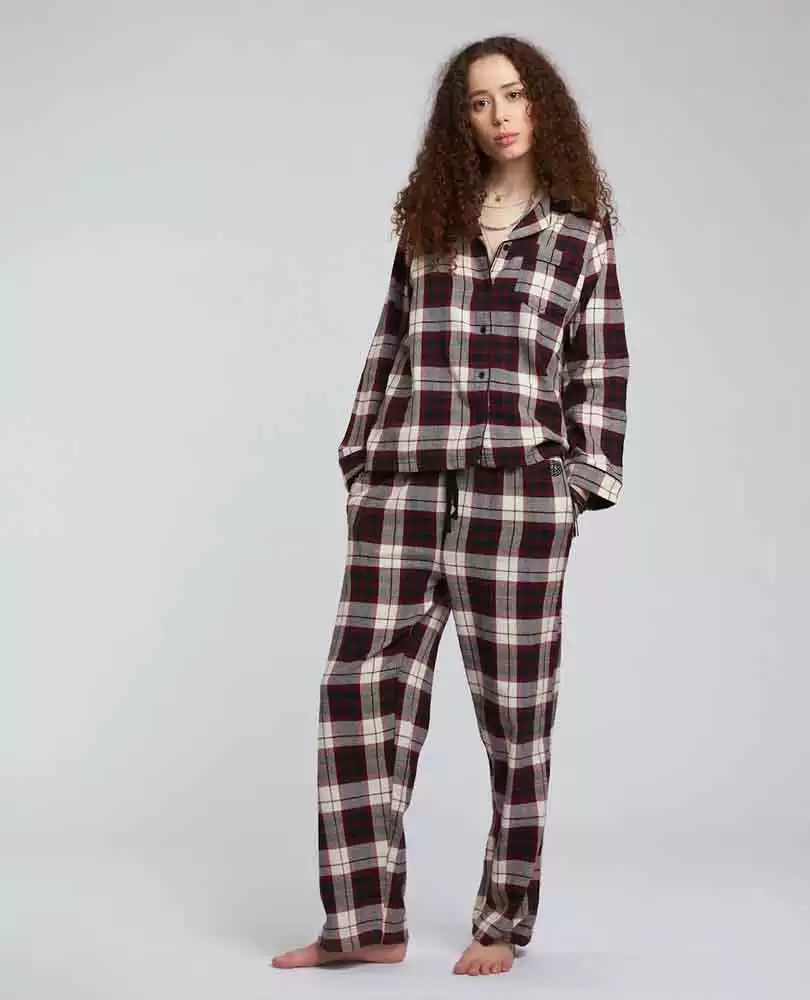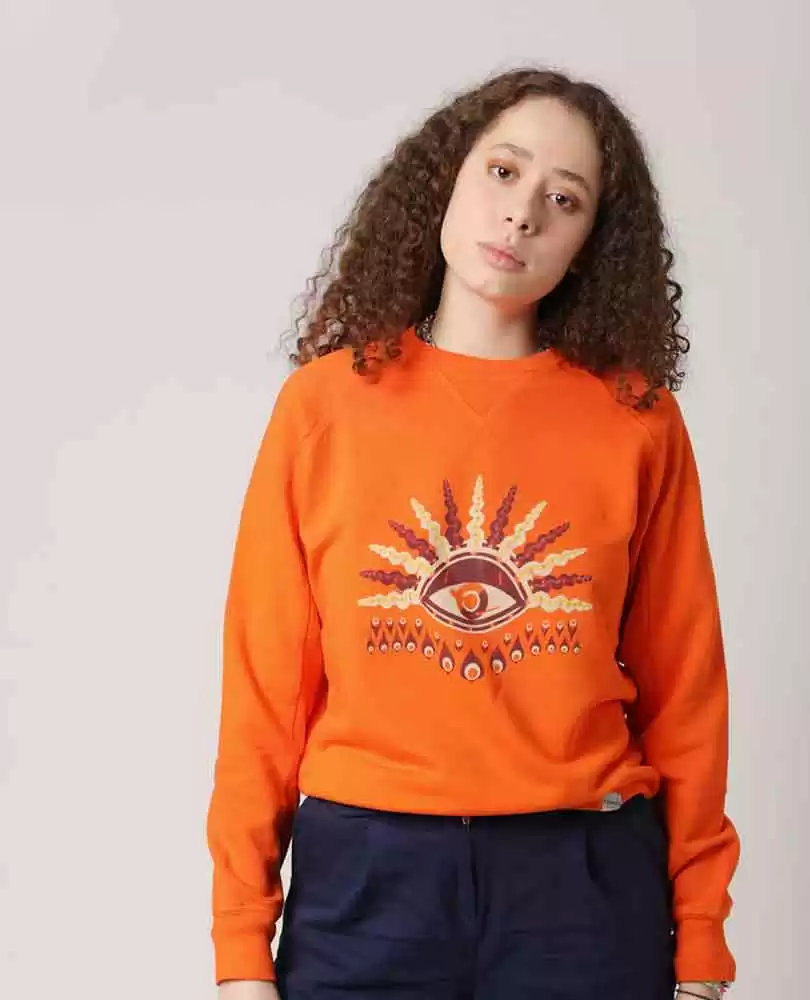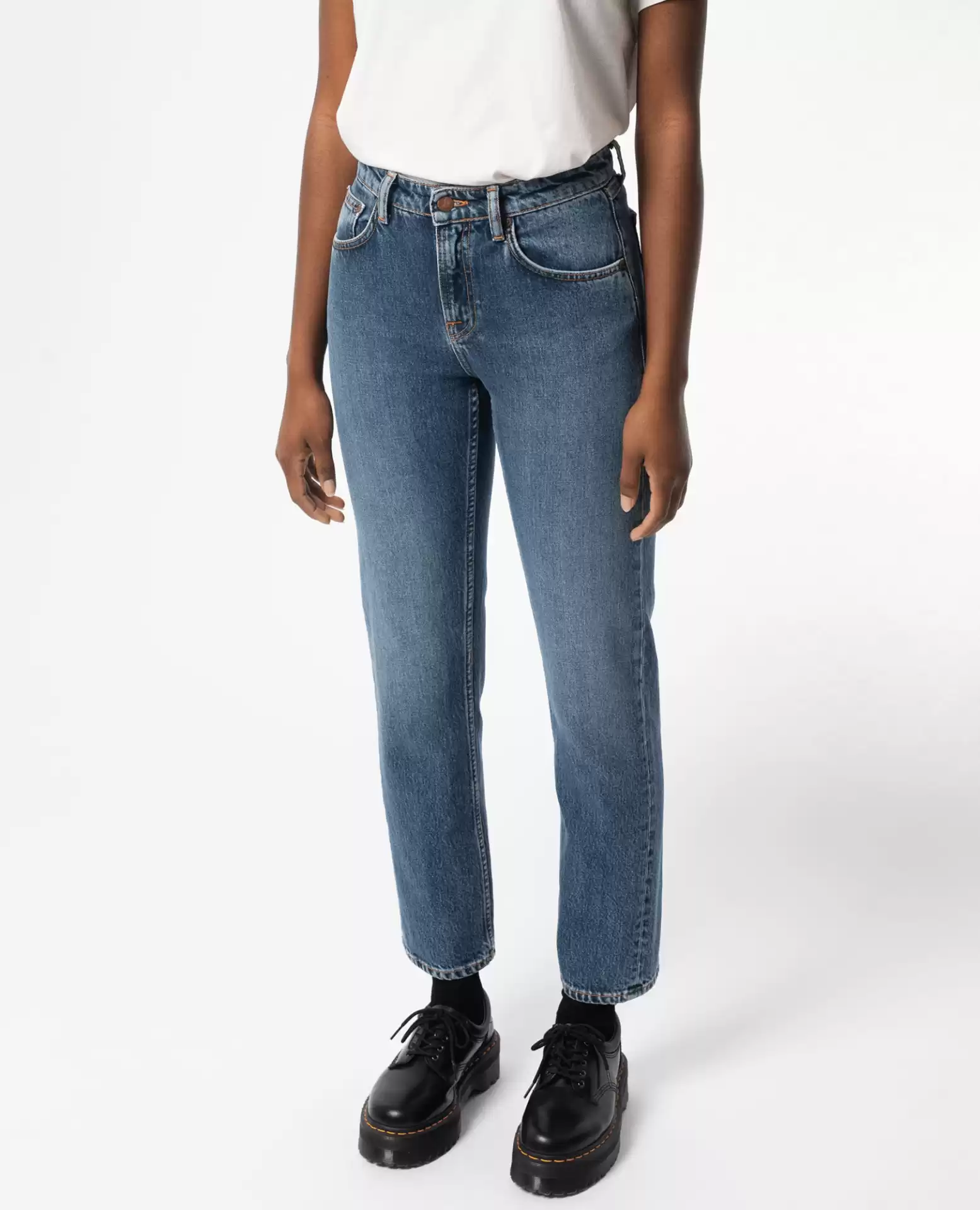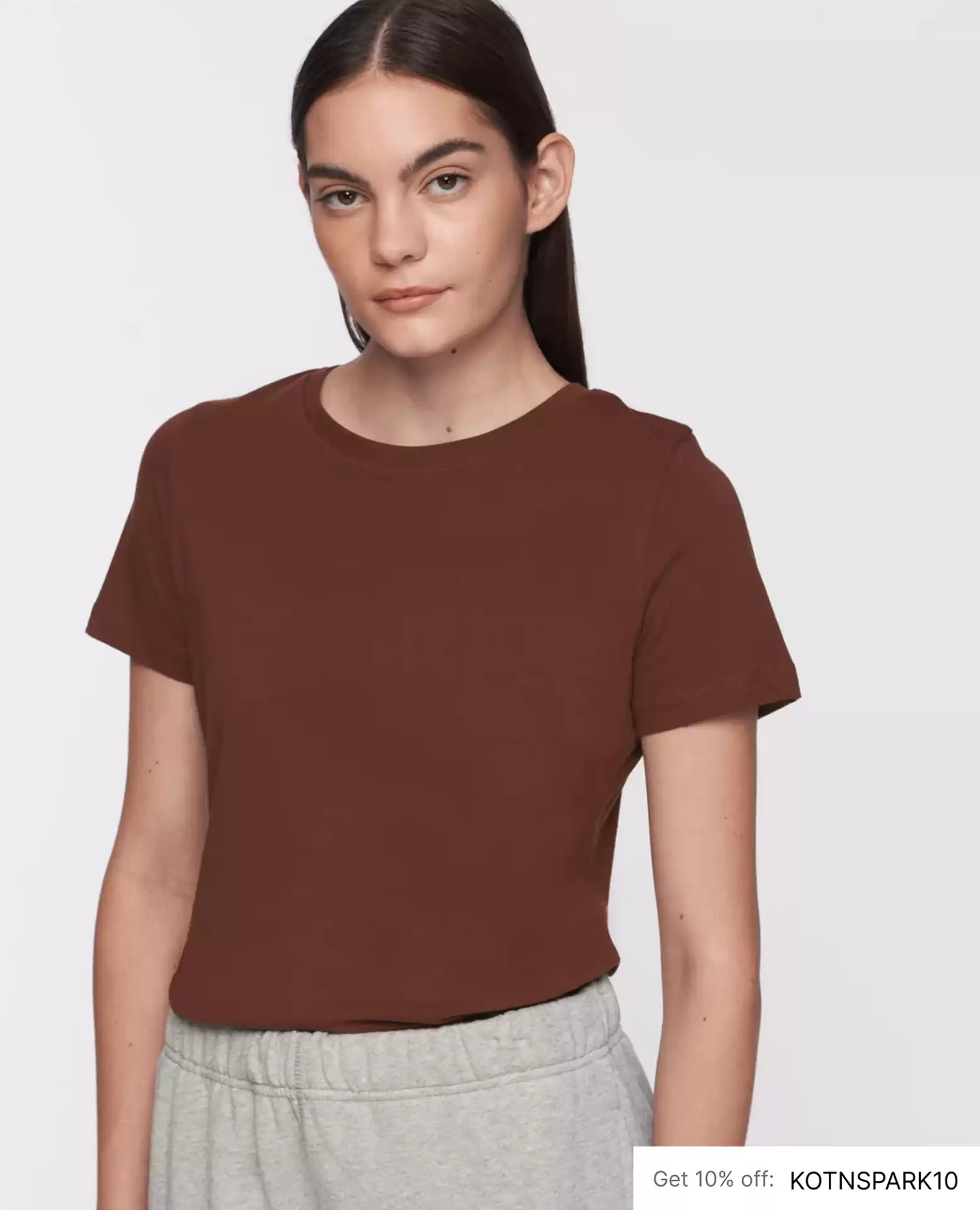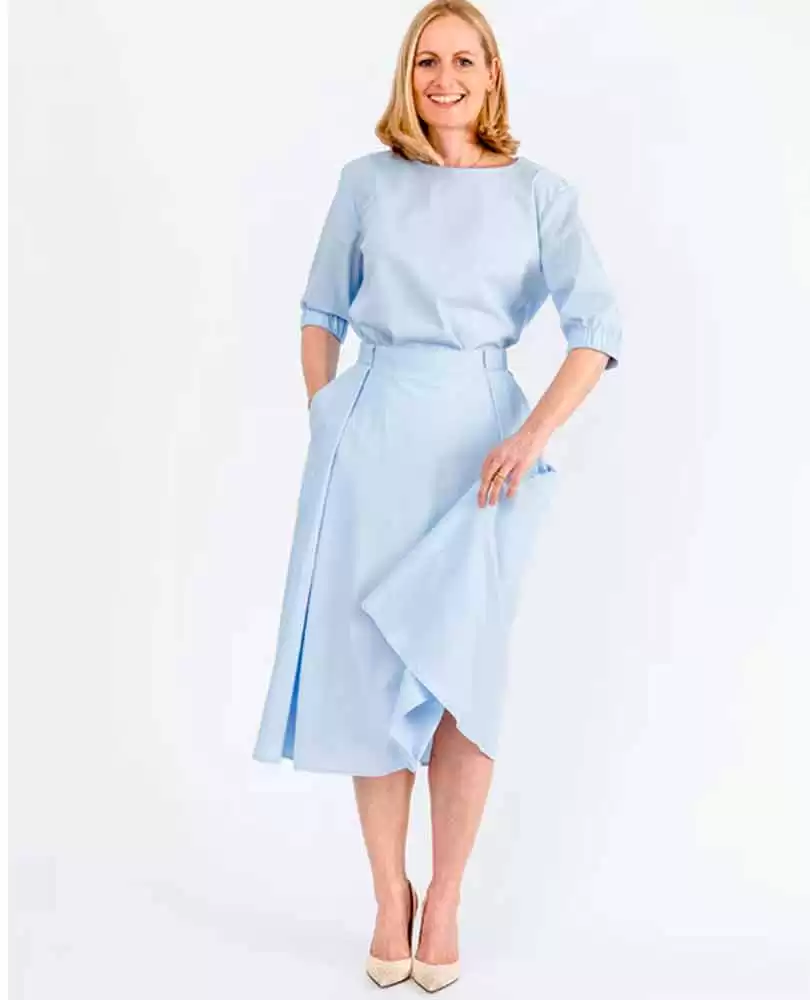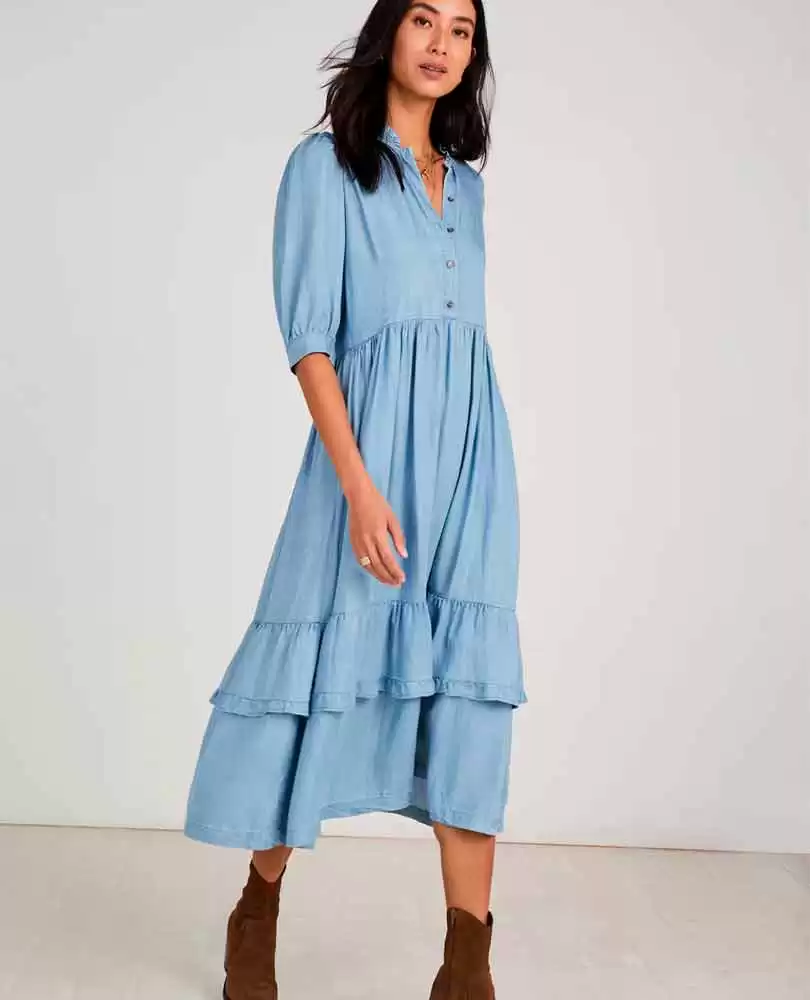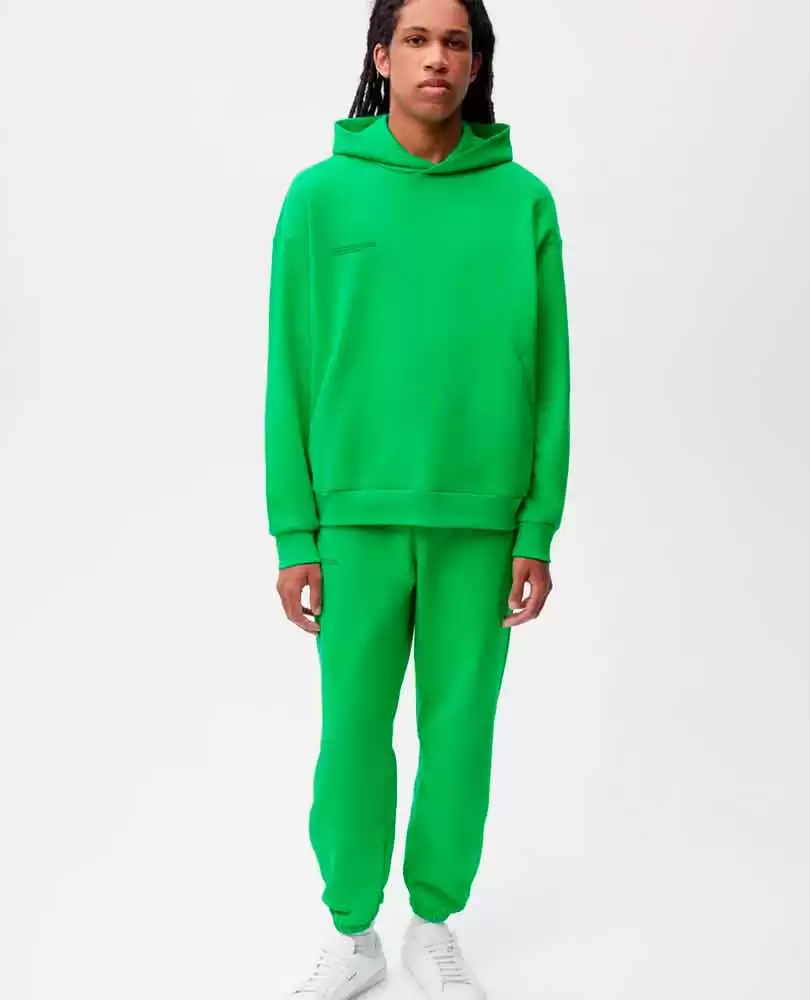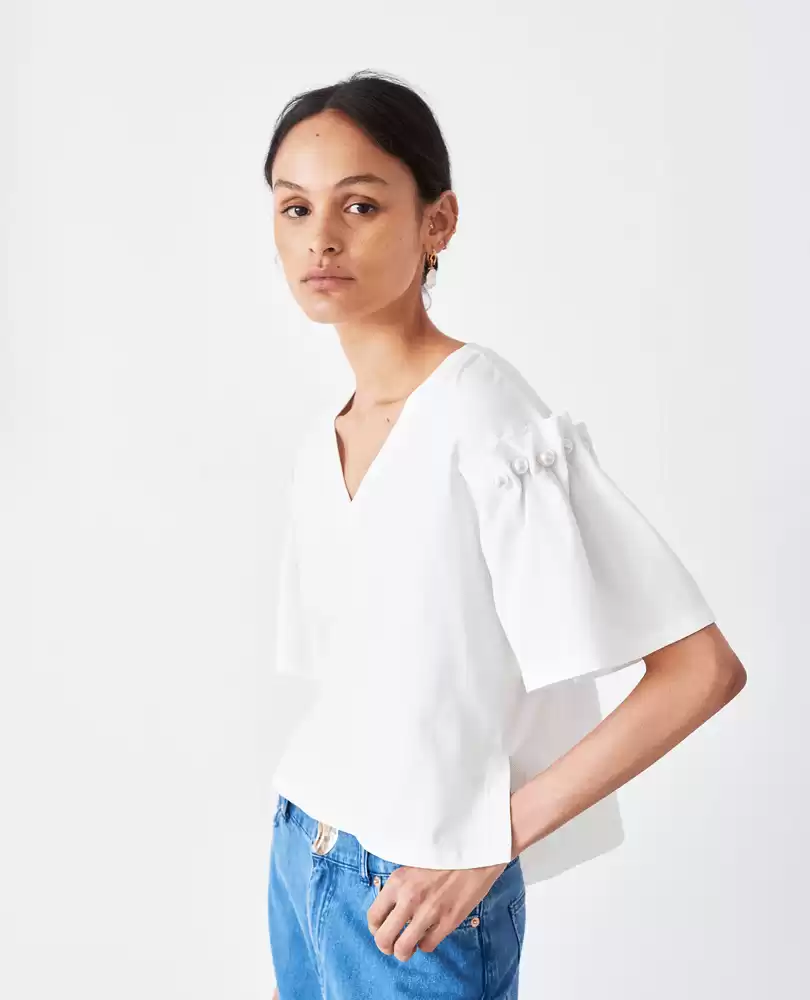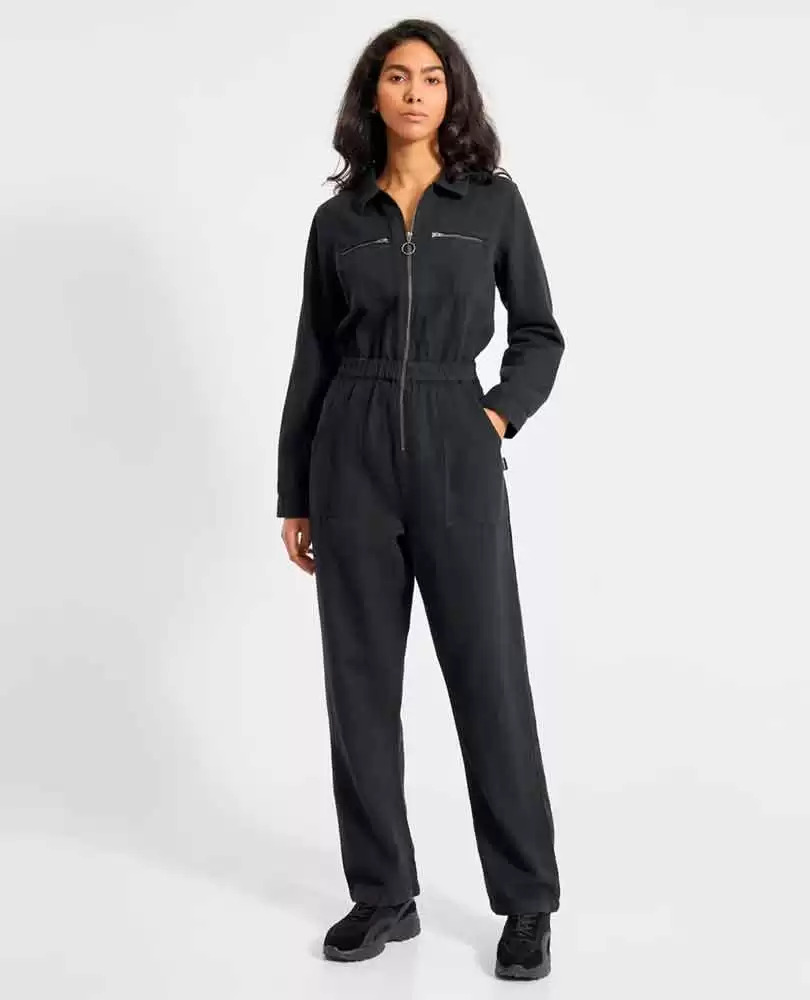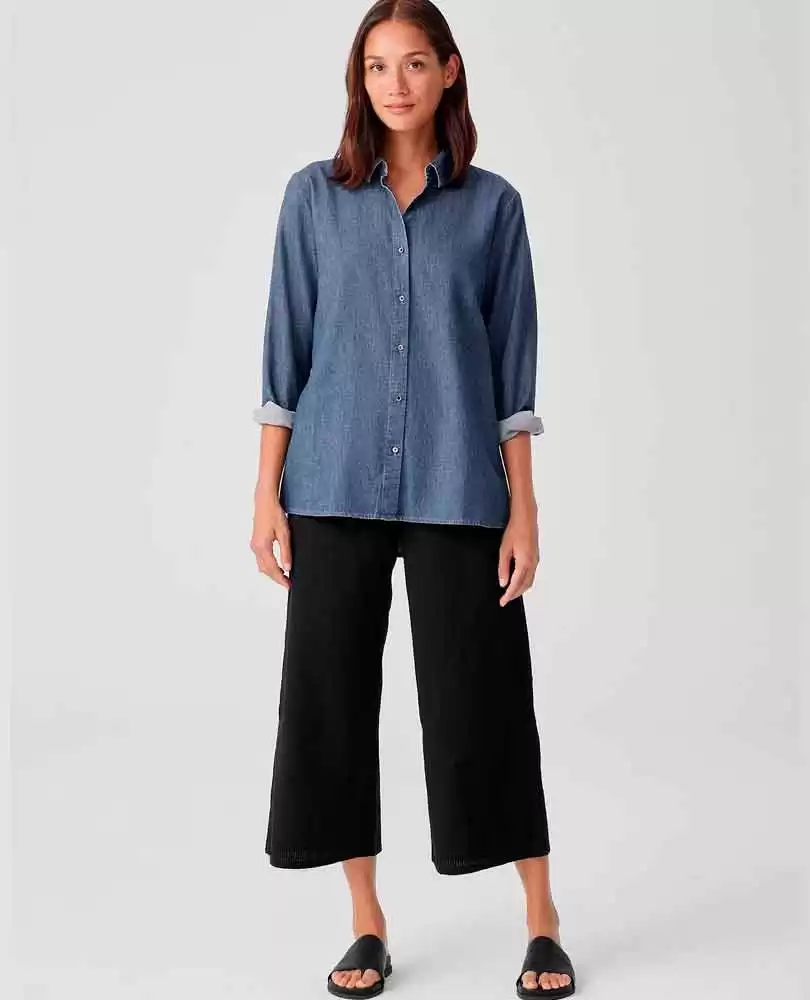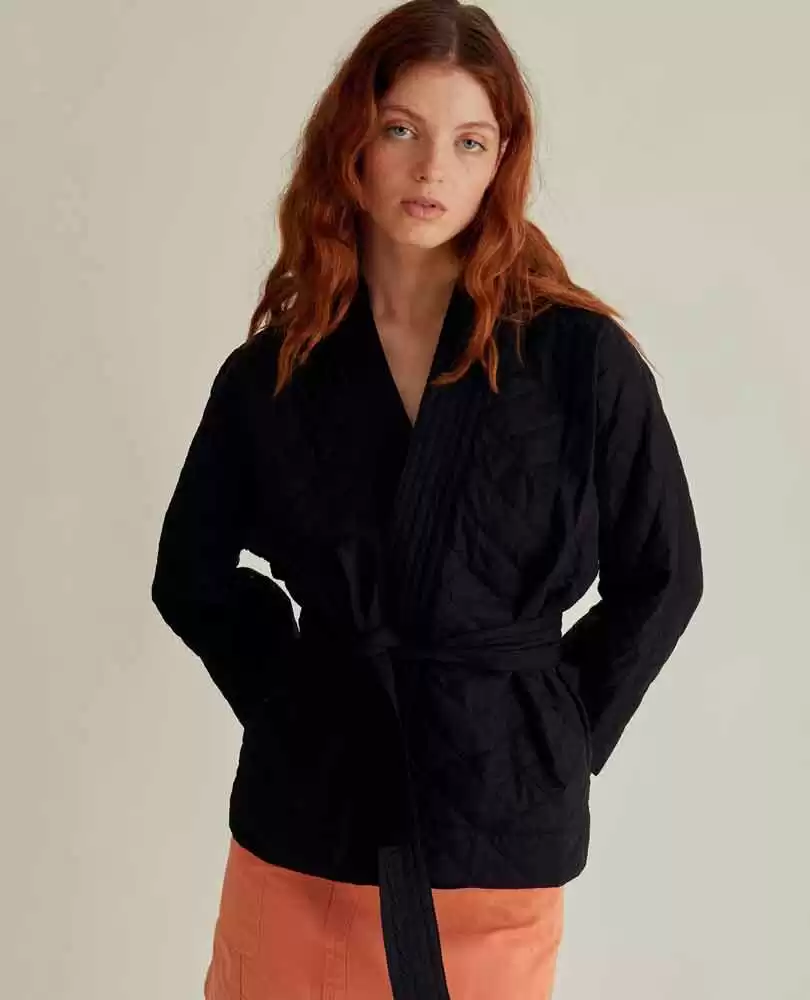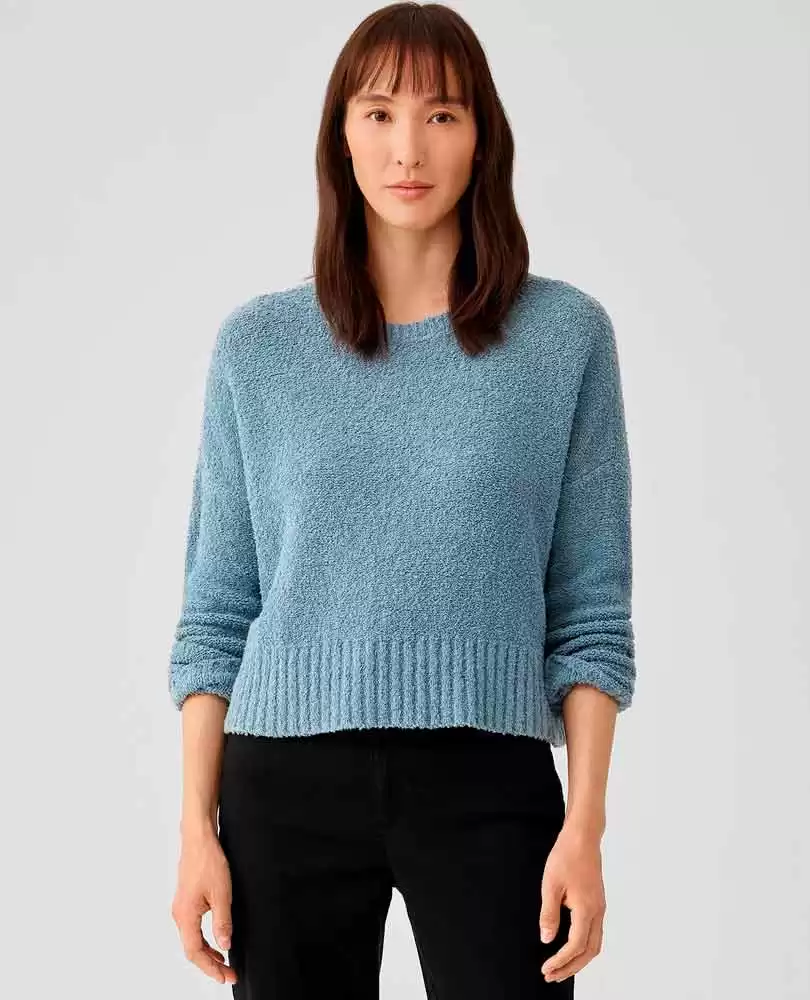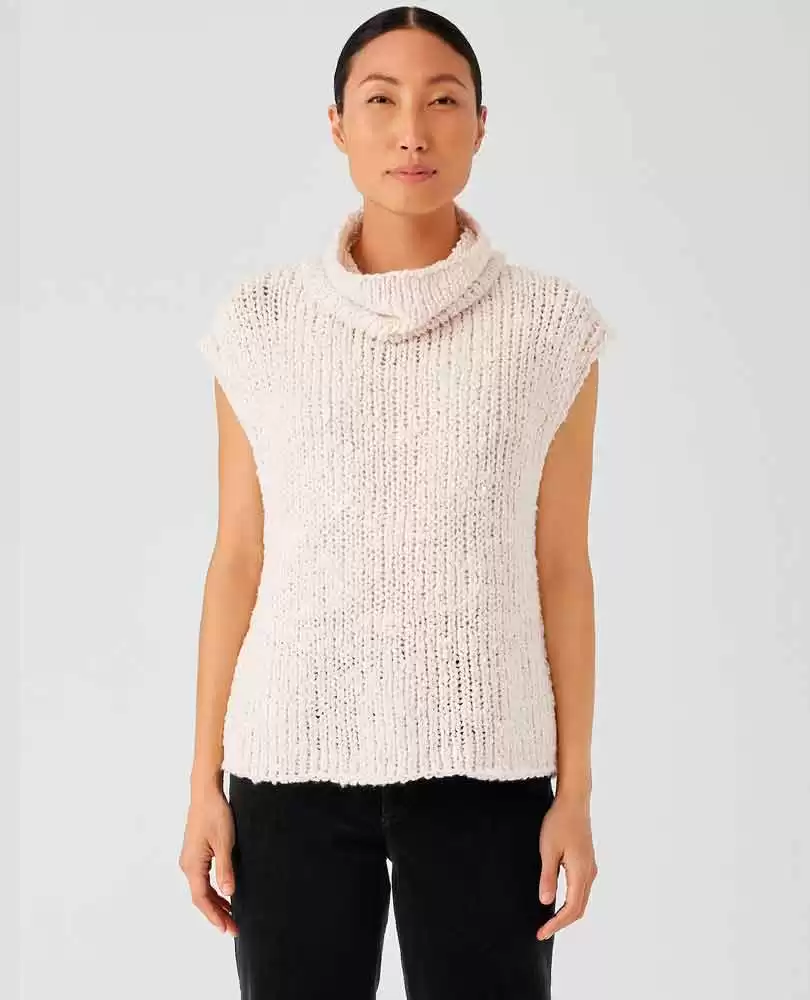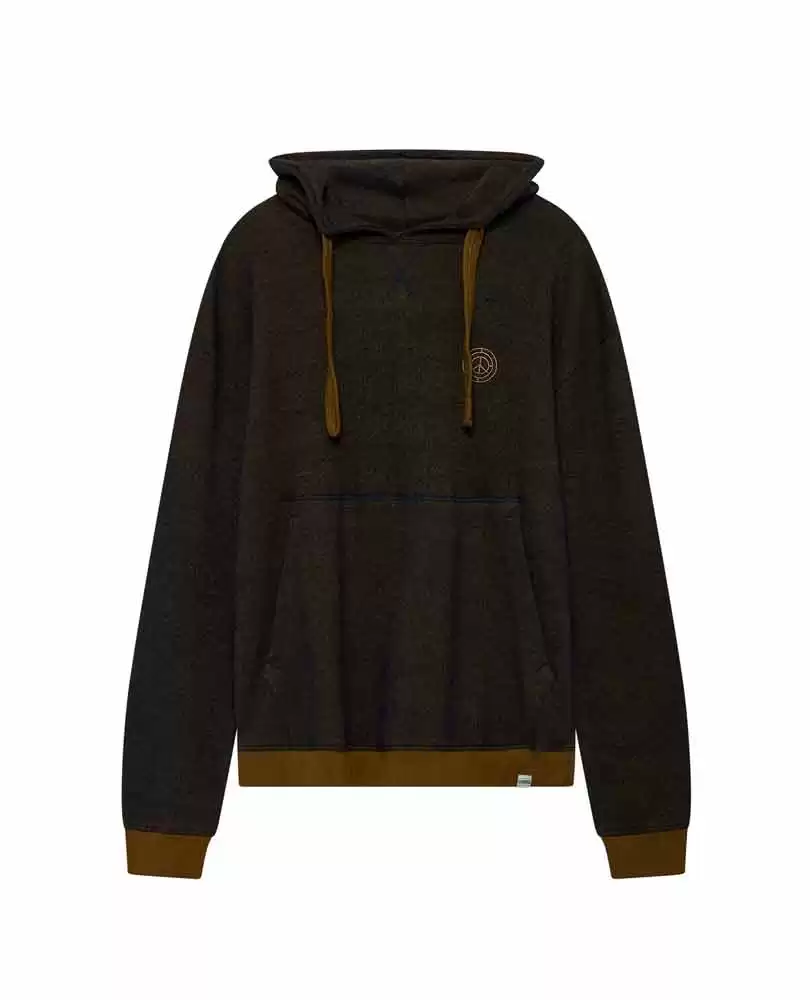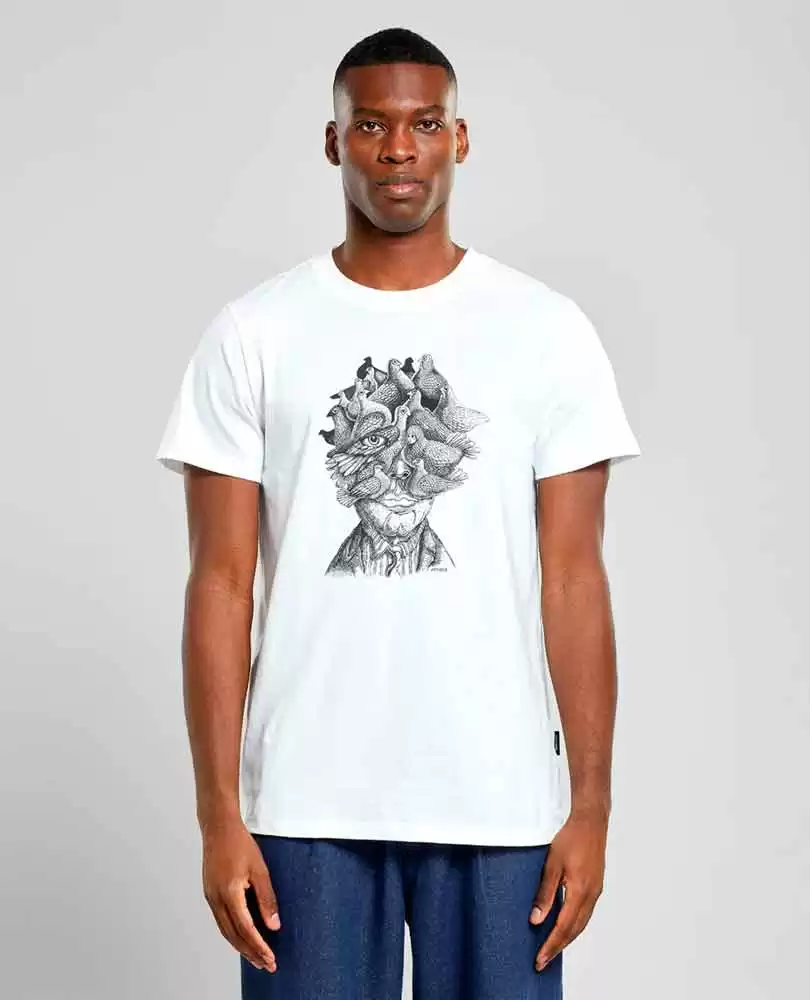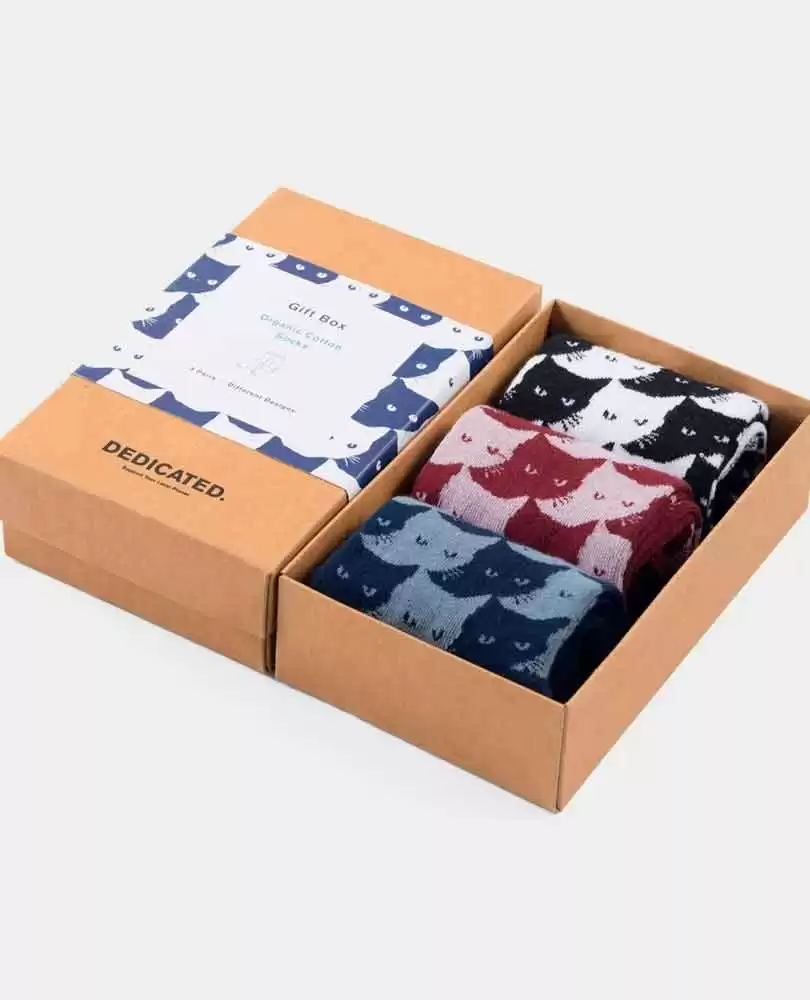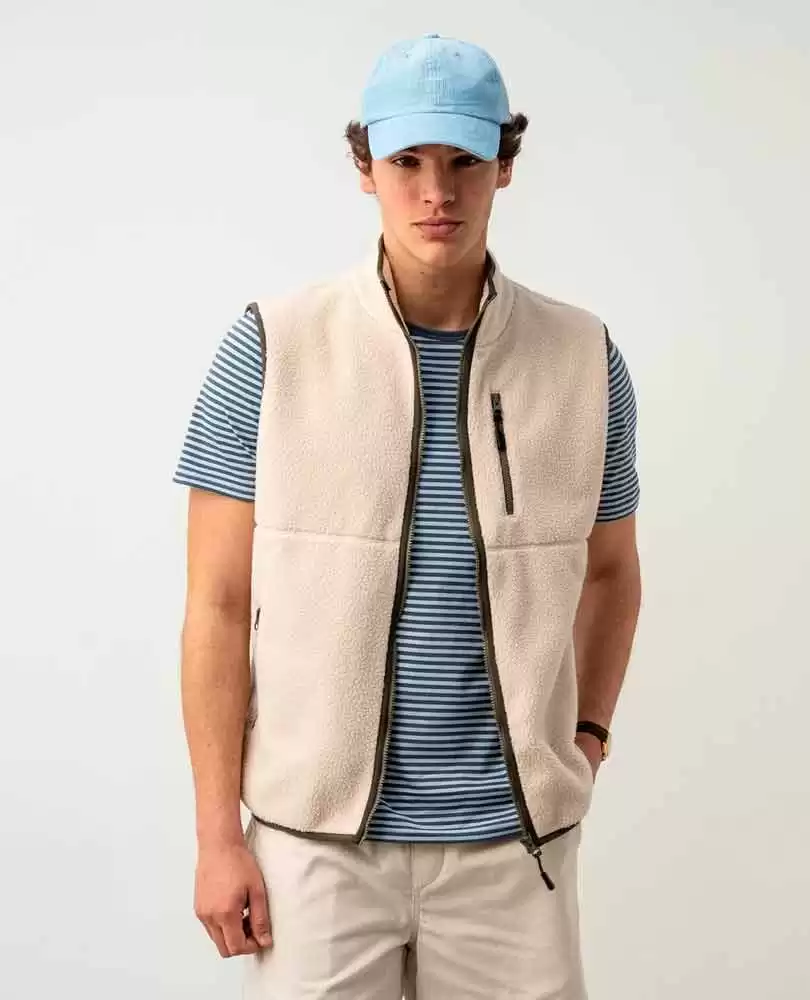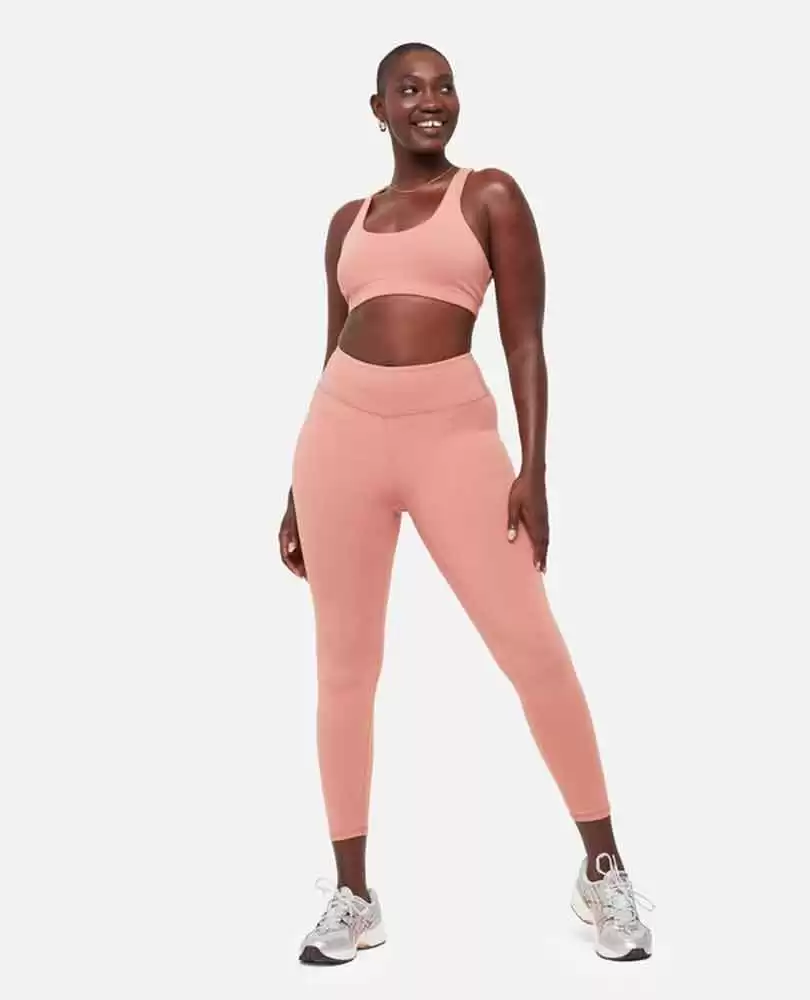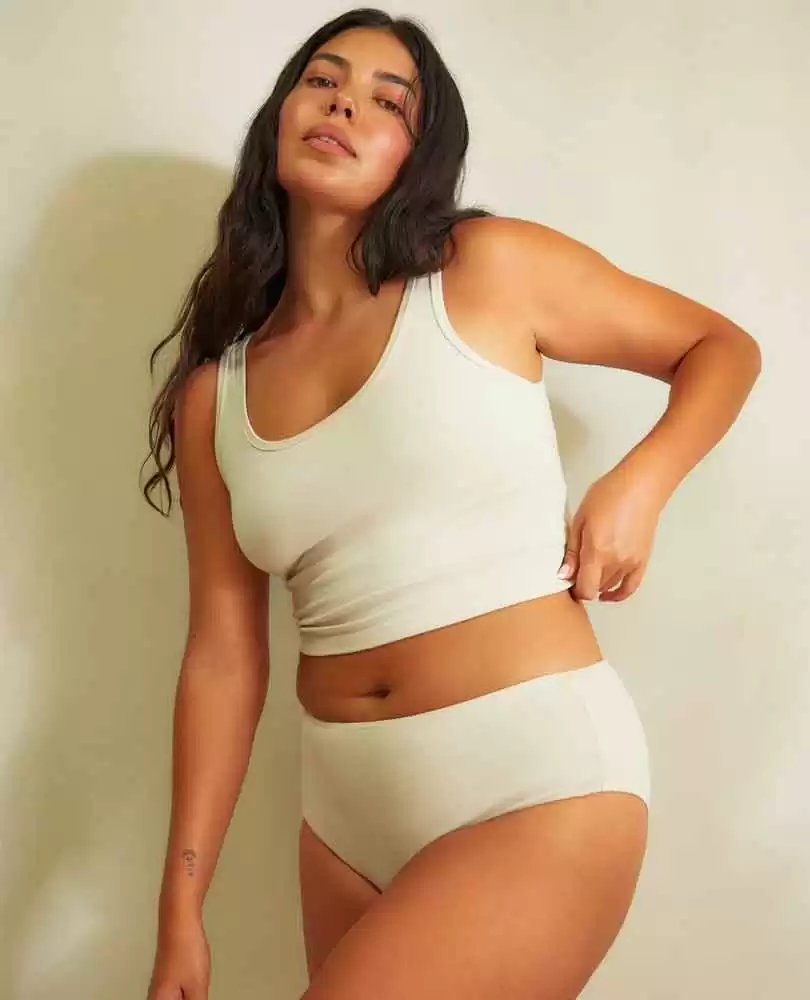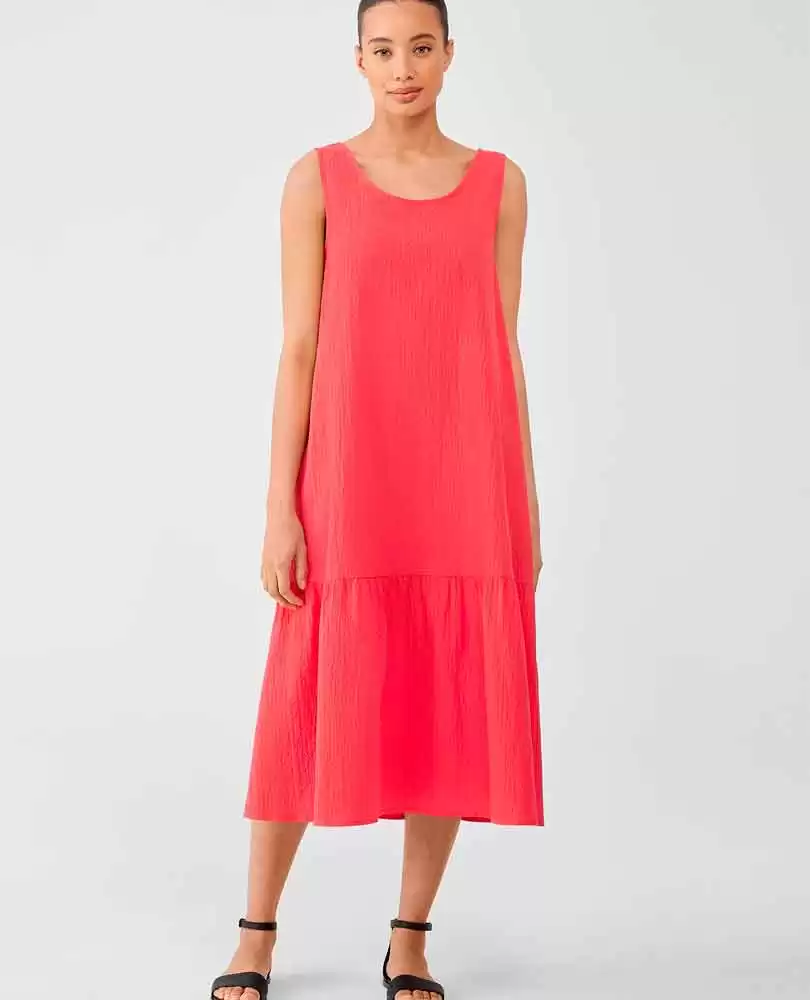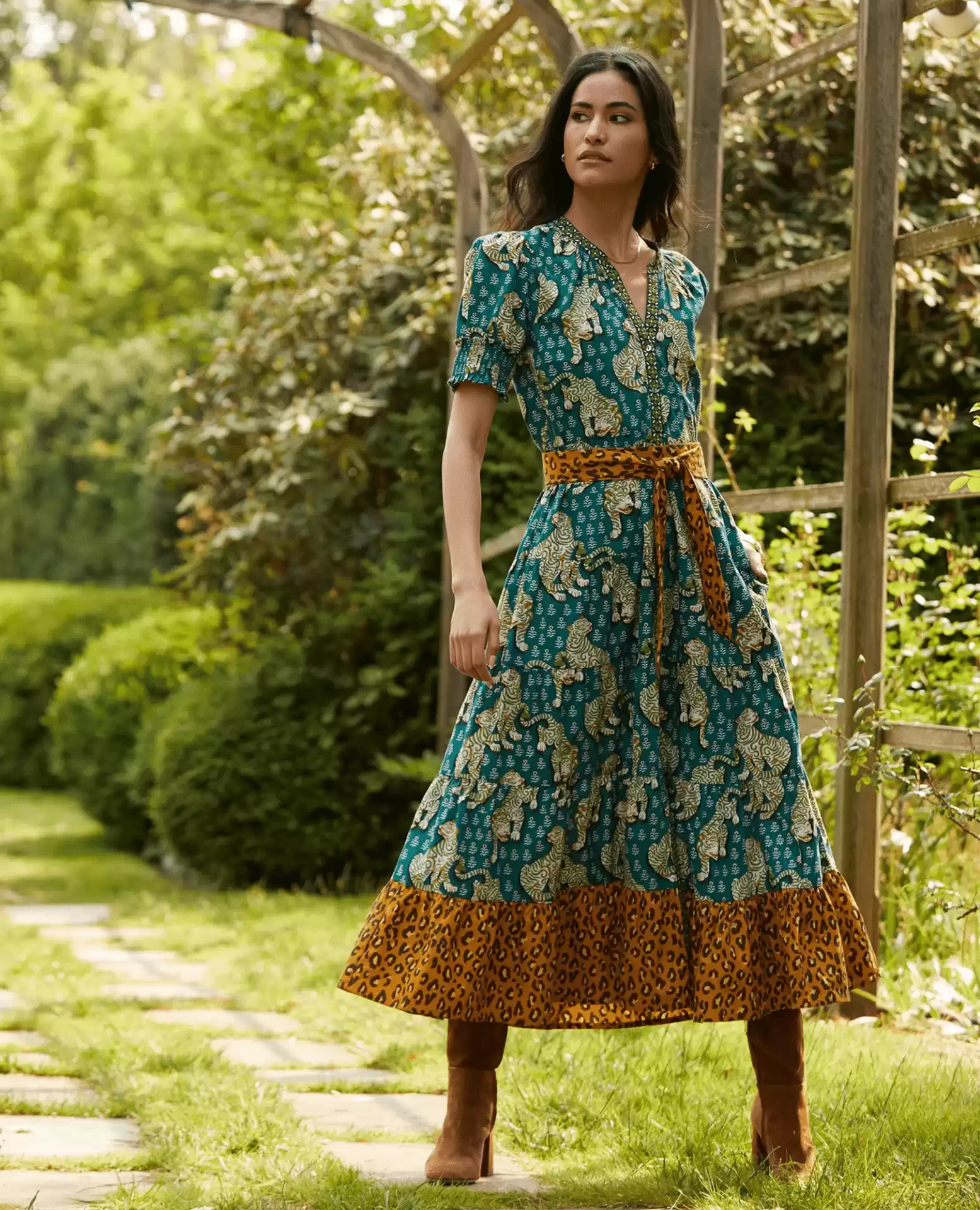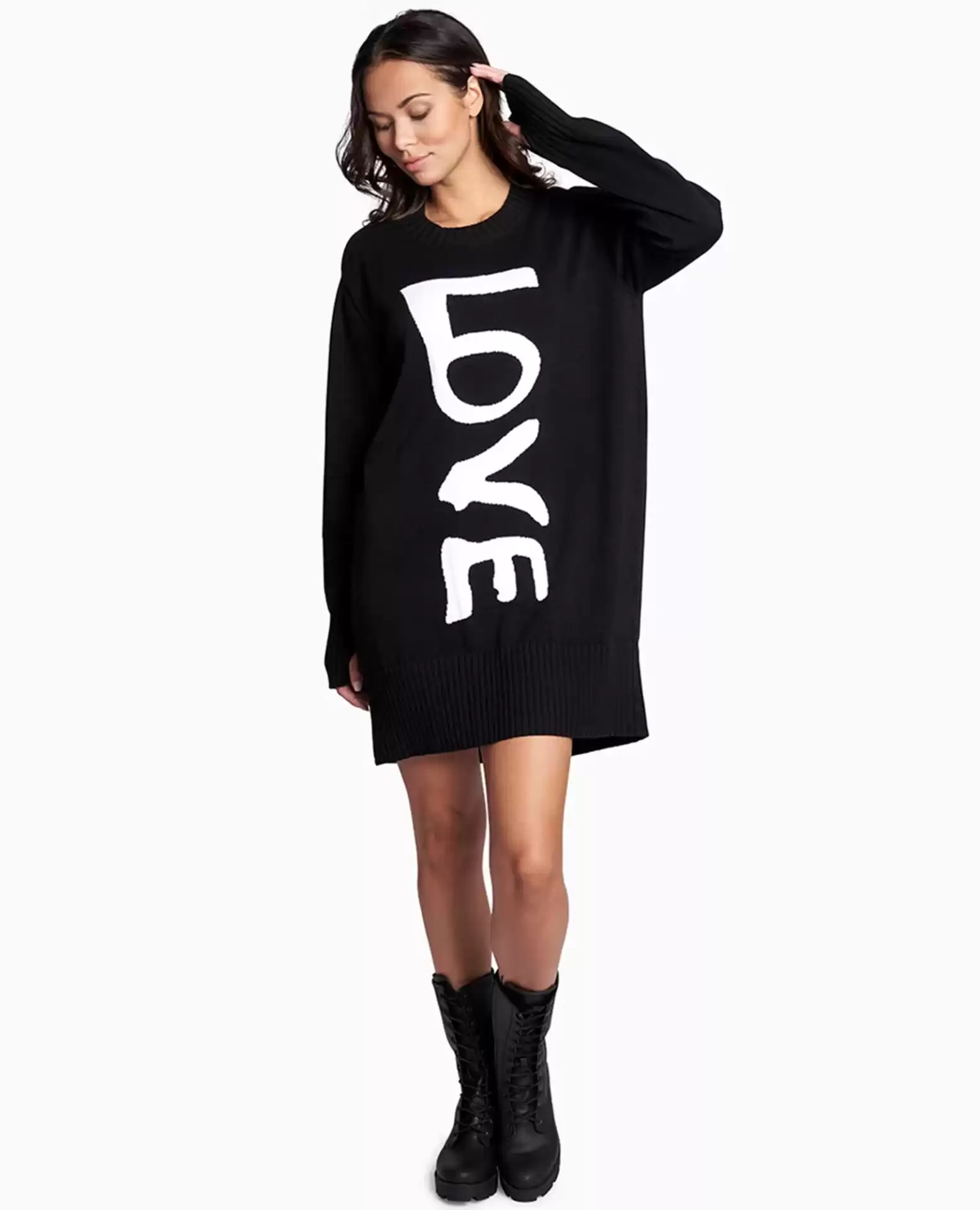08 Feb Cotton and organic cotton
Cotton is one of the most widespread and versatile fabrics. Production of this biodegradable and comfortable material provides income for more than 250 million people globally. Approximately around half of all textiles are made of cotton. We enjoy this fabric so much that the majority of our home textiles are made of cotton. Unfortunately, it’s not very well known that the current cotton production methods are actually environmentally unsustainable. You can learn more about cotton production from this video.
Cotton’s most prominent environmental impacts lay in the use of agrochemicals, the extreme consumption of water, and the conversion of natural environment to agricultural use. Cotton production is responsible for an estimated 220,000 tons of pesticides and 8.8 million tons of fertilizer annually and accounts for six percent of all pesticides used. Diversion of water and then its pollution by cotton industries have had severe impacts on major ecosystems such as the Aral Sea in Central Asia, the Indus Delta in Pakistan, and the Murray Darling River in Australia.
Video credit: National Geographic on YouTube
We also have to be aware that forced and child labor are common tragic facts in the cotton industry today. The poverty in rural areas means children must work long hours to support their families. Children as young as five years old are employed to work in cotton fields or ginning factories (where raw cotton is processed) for little or sometimes even no pay.
Once we started researching, cotton production no longer seems harmless nor safe any more.
But there is also some good news. The global fashion community has been currently trying to bring attention to these issues. There are universal standards being created to ensure farmers, fabric producers, clothing manufacturers, and the consumers make the right choices throughout the life cycle of cotton fiber and products. The certification standards, like Organic Cotton Standards, Better Cotton Initiative, Cotton Made in Africa, Fairtrade and other focus on specific aspects to help us turn our efforts towards organic and sustainable cotton.
How to buy cotton sustainably
You definitely have some options when shopping for sustainably produced cotton. There are two main certifications schemes for organic cotton: GOTS (Global Organic Textile Standard) and OCS (Organic Cotton Standard). A certification scheme allows us to physically trace organic products we buy from the very beginning, starting from the organic cotton farm. This can be yarn, fabric or garments. In order to be sure that you are buying organic and sustainable cotton, look for brands that have some or all of the following certificates:
Global Organic Textile Standard (GOTS) is the world’s leading processing standard for textiles made from organic fibers. GOTS issues a certificate if fabric contains a minimum of 70 percent of organic cotton. GOTS standard will ensure that the fibers and all the chemical production inputs comply with a series of strict environmental and social criteria.
Organic Cotton Standard (OCS) is mostly a chain of custody standard which guarantees that the product contains organic cotton fibers. However, they do not look at the chemical processing, environmental or social aspects. It is possible (and very likely) that even if the fiber is organic, the processing, manufacturing, dyeing, and finishing are not organic. OCS is not as comprehensive as GOTS, but it’s still important as it ensures that the farmers are fairly paid for their work, and that when you buy cotton garments, you are supporting the organic cotton industry.
The Better Cotton Initiative (BCI) is a global non-profit organization and the largest cotton sustainability program in the world. BCI exists to make global cotton production better for the people who produce it, the environment, and the future of the industry. Better Cotton Initiative is a standard to which the key organizations adhere, promising to use cotton from sustainable sources.
Fairtrade (trademark of the Fairtrade Foundation) refers less to the way the crops are grown or the fabrics manufactured and focuses more on the social impacts of the products we buy on the sustenance of the producers. As stated on the Fairtrade website, “Fairtrade cotton was launched to put the spotlight on the farmers who are often left invisible, neglected and poor at the end of a long and complex cotton supply chain.”
Fairtrade also encourages farmers to form partnerships, get organized in cooperatives – not to compete with each other and lose profits but to increase their power of negotiation and get better deals from ginneries. Fairtrade cotton has also helped in the movement towards gender equality because women are more likely to be paid directly (instead of through men in a family) and get a vote in the co-operational organizations.
In sum, you can choose sustainable cotton options when you absolutely have to purchase new clothes. However, the best thing might be just to use what has been already produced. In other words, swap cotton with your friends or buy it from charity or vintage shops.
